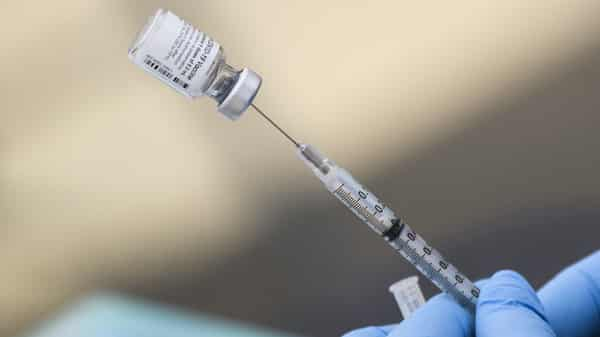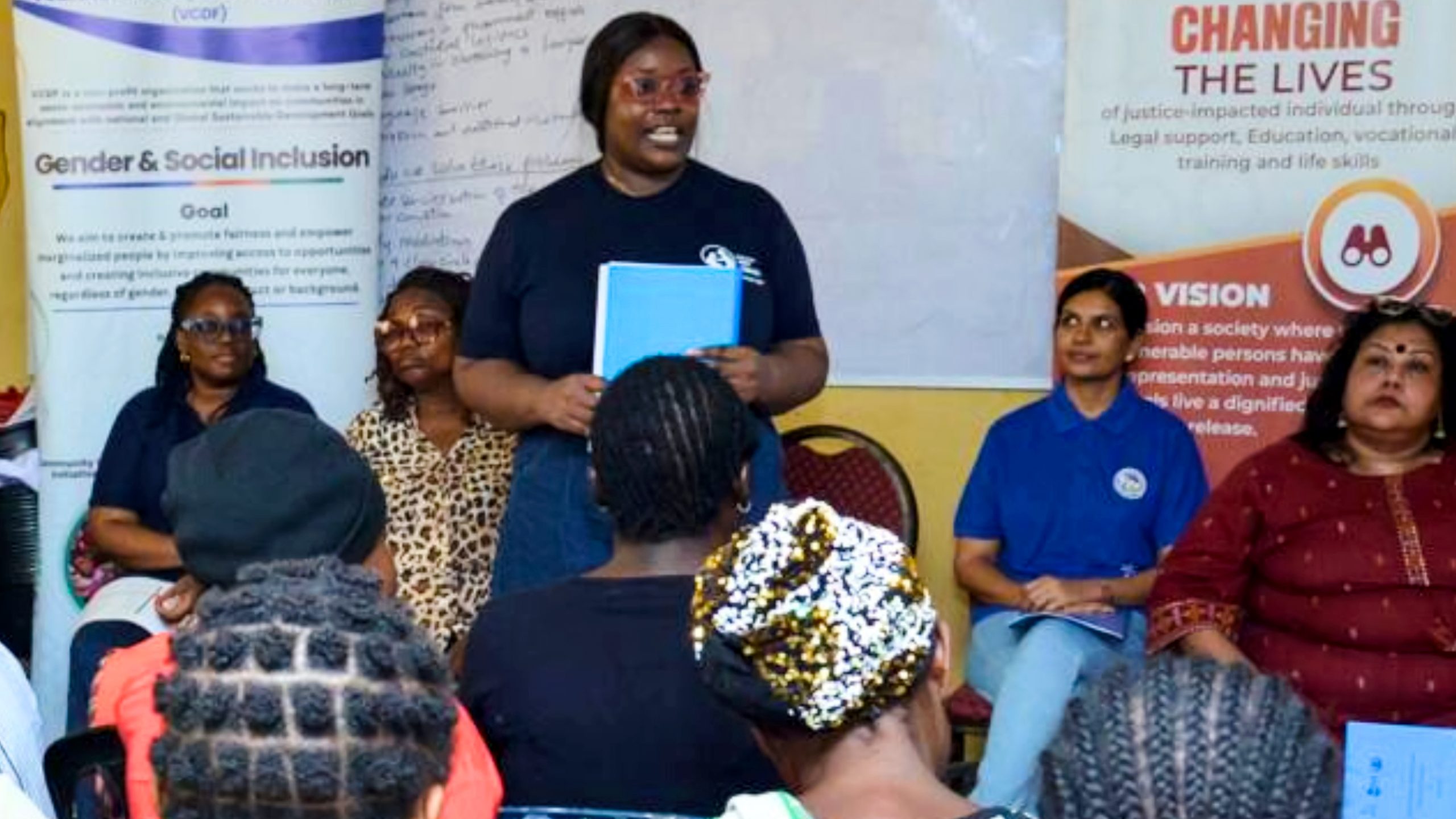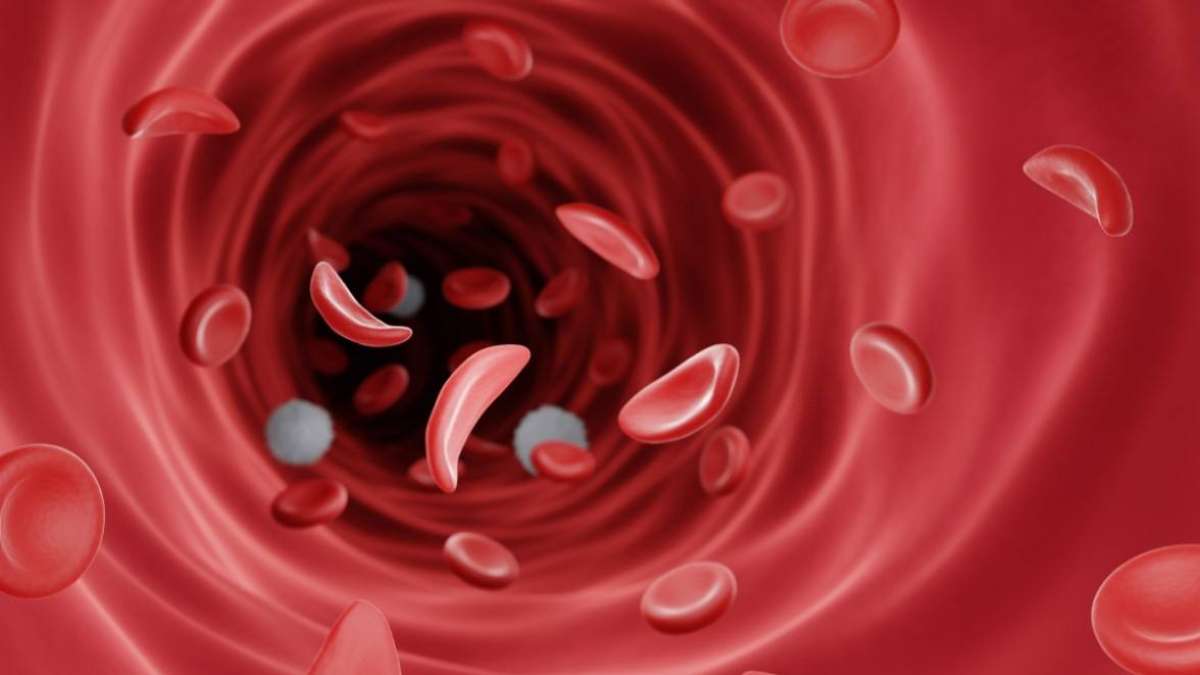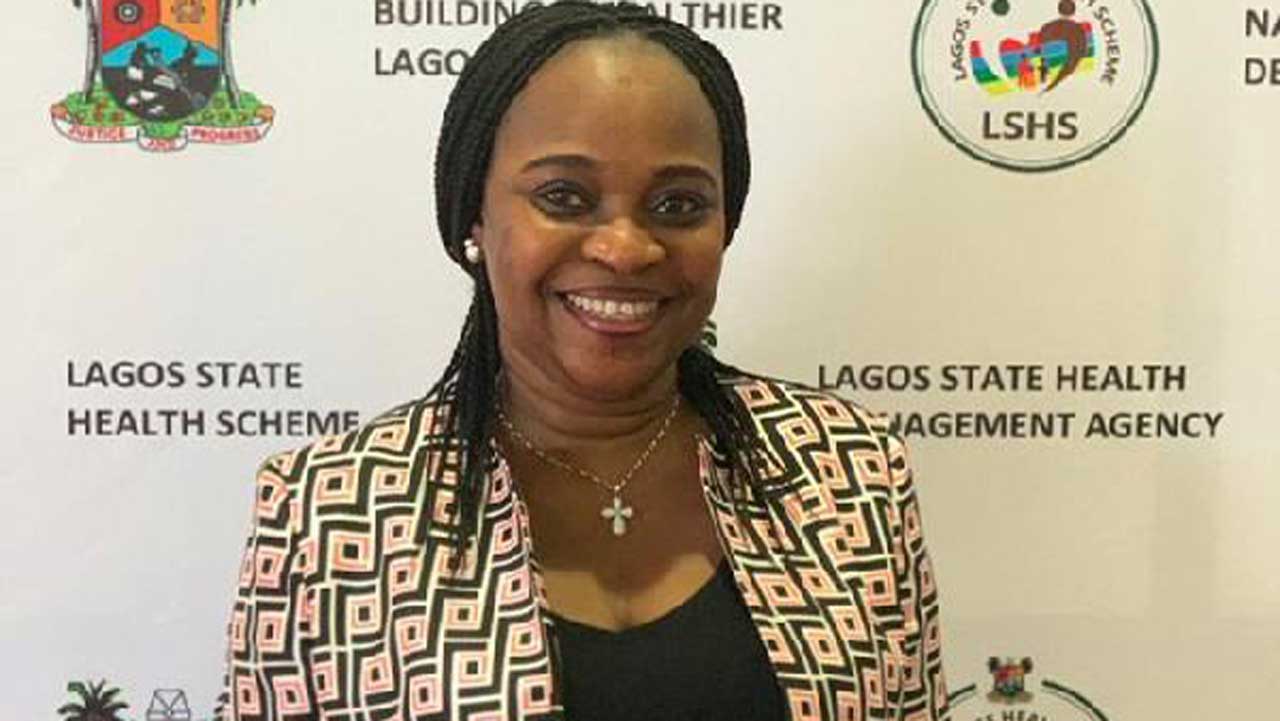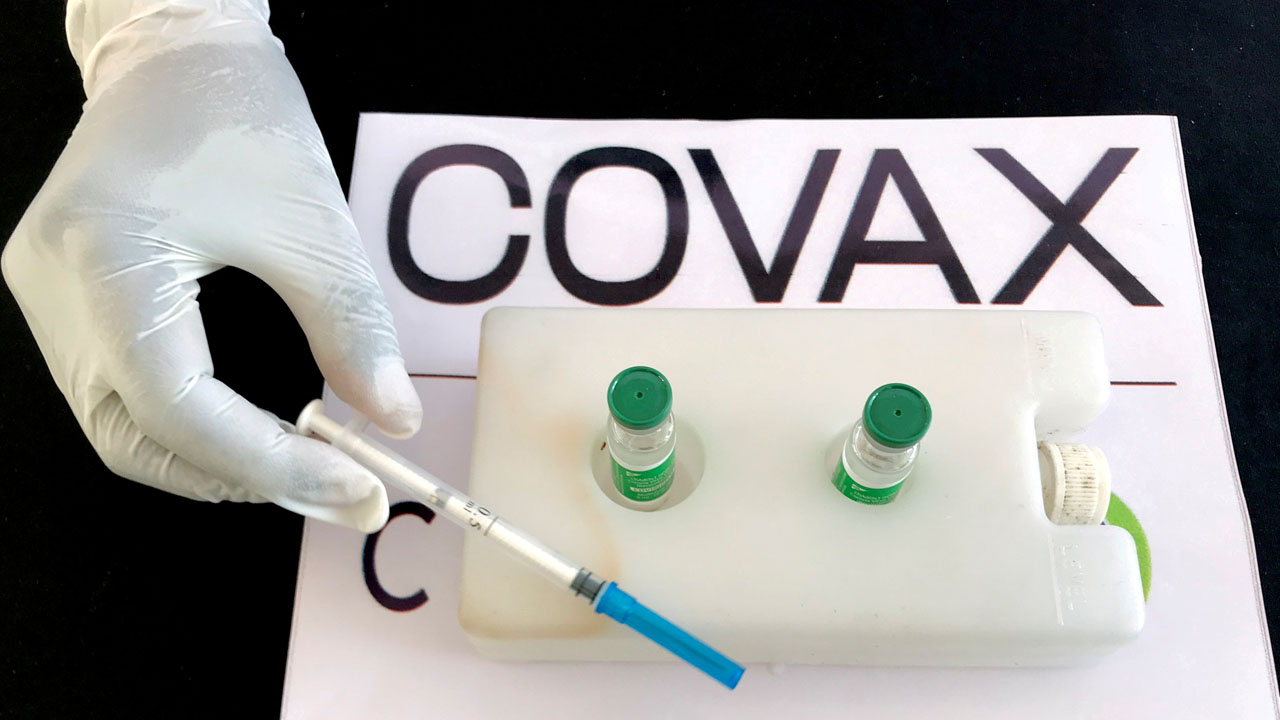
The world’s political and public health leaders generally agree that vaccines provide our best route out of the COVID-19 pandemic, but Africa’s vaccine rollout to date has lagged to a frightening degree.
While 23.5% of the world population has received at least one dose of a COVID-19 vaccine, 53.8% in the US, and 23.6% in Asia, the average for Africa is just 2.64%.
In many countries it’s barely worth counting the numbers of vaccinated individuals. South Africa leads the continent with 4.7% of its population having received one dose, but in Malawi it’s just 2%, Kenya is at 1.87%, and Nigeria at 1.09%, and none of these countries scrape above 1% when you count fully vaccinated citizens.
The real question is why. A lot of blame has been thrown at Western countries for “hogging” vaccines, but actual supply is no longer the main issue, thanks to the establishment of COVAX. Nigerian authorities estimate that between the doses delivered and pledged for imminent delivery, there should be enough to inoculate nearly 36 million people, over one-third of the country’s population.
Millions more doses should be on their way to the continent over the next 12-18 months, so while the discourse when talking about vaccination in Africa has been about supplying enough vaccines, the real issue might be not quantity, but logistics.
COVID-19 vaccine distribution is notoriously tough
Even developed, wealthy countries struggle to distribute COVID-19 vaccinations smoothly. Challenges include:
- The need to safely transport vaccines that have to be kept below freezing, in the case of Pfizer and Moderna, and at 2-8℃ for AstraZeneca, Johnson and Jonson, Sinopharm, Sinovac, and Sputnik
- Training sufficient healthcare workers to deliver vaccines without wasting extra doses
- Prioritizing the most vulnerable, tracking those who haven’t yet received a vaccine, and ensuring that those receiving two-shot vaccines get their second dose on time
- Enabling people who are not mobile and/or live in remote locations to access a vaccine site
But Africa faces more challenges than most. Many countries and regions are highly unstable, with civil wars and domestic terrorism, rampant poverty, and/or corrupt leadership. In some states, infrastructure and public services have been neglected and plundered for years or even decades, while in others, terrorists have “banned vaccinations” and HCWs have been targeted by rebel gangs.
The fact that no one knows how many Africans have been infected and died from COVID-19 to date only emphasizes that health infrastructure and data-gathering is woefully inadequate across the continent.
But there are steps that non-profit health organizations, foreign aid groups, and African nations themselves can take to overcome these challenges. The first step is to recognize what they are.
Vaccine wastage is all but inevitable
The high demand and low supply of vaccines overall means that nobody can afford to waste them, but in reality, waste is difficult to avoid. All aid workers and public health authorities can do is try to keep it to a minimum.
One of the biggest issues is that the vaccines need to be kept at low temperatures, which is tough in Saharan and sub-Saharan Africa. Poor transportation links make it even harder to ensure they reach their destinations on time.
WHO Regional Director for Africa, Dr. Matshidiso Moeti told the media in late July that under one-third of African nations are currently capable of supporting cold chain requirements for the majority of their territory. The Economist estimates that due to the logistics challenge, authorities across Africa have destroyed 450,000 COVID-19 vaccine doses to date.
Innovative tech can help here, however. One solution that could make a big difference would be to use Logmore smart tracking tags, which monitor conditions like temperature, humidity, shocks, light exposure, and more. Even cold-sensitive vaccines can last for some period of time at warmer temperatures, but healthcare workers need to know exactly how long they spent at which conditions so they can calculate how long remains until they expire and adjust their distribution time frame accordingly.
Logmore’s loggers are compatible with air freight, which is crucial in areas where both ground and sea transportation is slow, uncertain, and at risk of attack, and much of the country is only (easily) accessible by air. Its QR data tags can be easily read with any smartphone, removing the need for expensive RFID computing systems and reliable local electricity supplies.
Another solution is the new ARKTEK freezers, which were first rolled out for the Ebola vaccines. These are portable containers that can keep vaccines at ultracold temperatures in the field for up to a week, without requiring electricity.
Vaccine infrastructure needs to be overhauled
It’s disheartening to consider that 24 countries around the world, mostly in Africa, have thus far used under one-third of the vaccines they have already received, and 15 of them administered less than a quarter. In many cases, vaccines went unused because the infrastructure and resources weren’t available to deliver them in time
Wealthier countries seem happy to overlook vaccine infrastructure when outlining budget allocations. Funding vaccines looks good and sounds far more impressive than paying for training and ancillary equipment, but the latter is absolutely vital. COVAX partners are committed to providing up to 30% of Africa’s vaccine doses for free, but African countries must pay for the rest – and invest in systems to roll out the vaccine at the same time.
The money simply doesn’t exist. Africans need wealthier countries and NGOs to cover simple costs like PPE for the healthcare workers, sterile needles and vials, and alcohol swabs. More funds are required to train people to administer the vaccines, and establish mobile units that vaccinate vulnerable people who can’t reach a vaccination site.
The World Bank estimates that Africa needs an extra $12 billion in order to fund all the vaccinations required for the continent, while UNICEF reports that the 92 poorest countries in the world need another $2 billion to pay for vaccine fridges, fuel for delivery trucks, healthcare worker training, and other essentials.
Fortunately, global health organizations are waking up to the need for wider funding. The WHO and the IMF are discussing ways to open up funding for local logistics, while Project HOPE, in collaboration with Africa-CDC and Brown University, launched an online training program targeting 37 African countries, to ensure local vaccinators are prepared for when vaccines arrive.
Meanwhile, individual countries are developing their own plans to bring vaccines to hard-to-reach places, like Nigeria, which intends to use the army to administer vaccines in conflict zones in the north.
Inconsistent vaccine access makes planning near-impossible
One of the root issues is not the amount of vaccines, but the timing of them. Africa and the health organizations that work there have vast experience with large vaccine rollout, including recent Ebola vaccines which also require cold storage, so it’s not like vaccination on this scale is unprecedented.
However, these rollouts demand significant investment of time and effort, ensuring that all the human and medical resources are in place before rolling vaccine programs out. Because COVID-19 vaccines arrive erratically, regions don’t always have the infrastructure ready to distribute them when they turn up.
It’s worth remembering that it takes time to administer vaccines. Recipients need their second shot three to six weeks after the first, depending on which vaccine they receive, so if all the vaccines arrive at once, there may not be anywhere to store them between doses. But if they don’t, there’s a risk they may not reach their destination in time for the second shot.
On top of all that, African nations are receiving a mix of vaccines from a range of donors. Some countries have to handle multiple vaccines with different storage and distribution requirements, while others are forced to mix doses, making it hard even for well-organized countries, like Angola, Ghana, and Mauritius, to plan ahead.
African governments need to know not just that vaccines are on their way, but when exactly they’ll arrive, how many are in each shipment, and the precise expiration date for each one. Ideally, it should be possible to store all the doses destined for Africa in a single central cold chain location, so they can coordinate timing and logistics before transporting them to their destinations.
Health information gaps can swallow effective vaccination plans
Digital health records are a distant dream for some of Africa’s most vulnerable populations. Many countries and regions are highly unstable, making it hard to know how many people live in the area, let alone their ages, comorbidities, and allergies.
With these information gaps, how can they know how many vaccines they need for each area, how many to preserve for follow-up shots, or who hasn’t yet been vaccinated? The insufficient supply of vaccines makes it important to prioritize the most vulnerable, but that’s not possible without accurate health records.
In response, public health organizations and government health authorities (where relevant) need to work together with community leaders to contact and list all residents in each area. Countries like Angola, Ghana, and Nigeria sent community mobilizers from door to door to register people in advance.
Some are deploying digital platforms, like Ghana, which is using the new Oracle Health Management System to create electronic health records for their vaccination programs. Vodafone created a new vaccine management platform called mVacciNation, which uses mobile phones and IoT to track vaccine distribution, thus removing the need for expensive digital systems and advanced computing power in areas that lack connectivity.
Vaccine hesitancy can torpedo the best-laid plans
Even with all the infrastructure in place, health and political leaders still need to convince people to receive the vaccines. The AstraZeneca blood clots scare, for example, led a number of African governments to pause vaccine distribution until the issue was verified, with the result that a number of shipments expired before public trust returned enough to administer them.
There are no shortcuts to overcoming vaccine hesitancy. Political leaders need to use all the religious, lay, and communal communication channels at their disposal to educate the public, alongside influencers and authority figures. Medical authorities need to take the time to listen to people’s fears and address each one, rather than swiftly sending out messaging that could be addressing the wrong issue.
For example, Ghana’s government carefully planned messaging together with radio, TV, and social media, as well as through trained spokespeople, influencers, and partner organizations among communities.
Vaccine supply is just the beginning
Upping the number of vaccine doses destined for Africa is an important start for the continent’s vaccine program, but it’s only a start.
Without international coordination and collaboration to help African nations to track the population who need vaccinations, overcome vaccine hesitancy, keep vaccine wastage to a minimum, prepare the health infrastructure, and make the arrival of vaccines more organized and predictable, the grandstanding vaccine generosity of the West will come to nothing.
Fortunately, increased international funding and Africa’s existing experience in large-scale vaccine programs can help it reach its vaccine goals.

